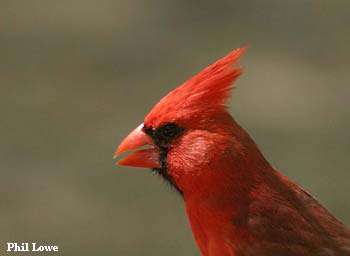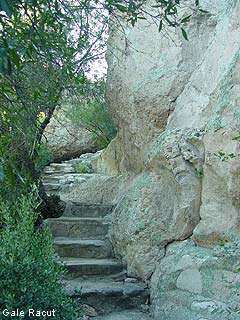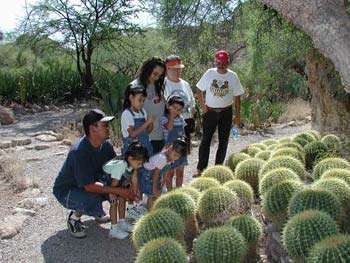Boyce Arboretum Birdwatching
category : Birdwatching
 The Northern Cardinal, Yellow-breast Chat, warblers and nesting hummingbirds are among the species to see at Boyce Thompson Arboretum this summer. Gambel's Quail, Gilded Flickers, Cactus Wrens, Curve-Billed Thrushes, and Black Throated Sparrows are the abundant species, as are many other lower Sonoran birds. The extensive irrigated areas of native and exotic trees and shrubs provide food and shelter for countless winter visitors and transients.
The Northern Cardinal, Yellow-breast Chat, warblers and nesting hummingbirds are among the species to see at Boyce Thompson Arboretum this summer. Gambel's Quail, Gilded Flickers, Cactus Wrens, Curve-Billed Thrushes, and Black Throated Sparrows are the abundant species, as are many other lower Sonoran birds. The extensive irrigated areas of native and exotic trees and shrubs provide food and shelter for countless winter visitors and transients.More than 270 bird species and 72 terrestrial mammals and lizards have been seen in the area. Ayer Lake and Queen Creek on the Main Trail are good places to watch for wildlife; you can see rare Gila topminnow and desert pupfish in the lake -- a refugium for these two endangered species of fish.
* Tours and most public events are included with regular admission. There are also picnic tables and charcoal grilles available to visitors, and leashed pets are welcome.
Admission: Entrance fee is $7.50 per adult, $3 for children ages 5-12 years, 4 and under, Free.
Hours: BTA is open daily, Sept. through April, 8:00AM to 5:00PM. Summer Hours, May through August, 6:00AM - 3:00PM.
Address: The park is located three miles west of Superior on U.S. 60, milepost 223
Phone: 520-689-2811
Our Email: btainfo@ag.arizona.edu
Our Website:ag.arizona.edu/bta
See website for a detailed list of over 250 species recorded in the 'Birds of the Arboretum Checklist' and the BTA "events" page for the up-to-date schedule.
Come visit us in Boyce Thompson Arboretum, Arizona

